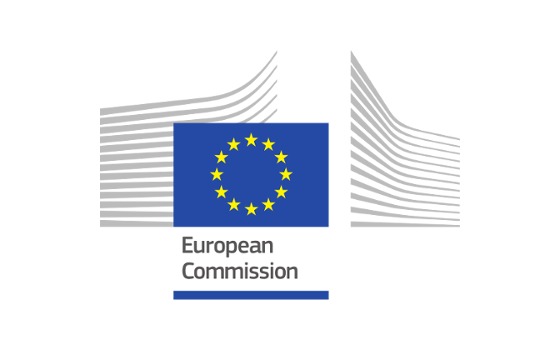 The 2020-2 Connecting Europe Facility (CEF) Telecom call for proposals is now open, making €36 million available to stimulate and support the deployment of European Digital Service Infrastructures (DSIs) in eight areas. CEF Telecom funding supports projects of common interest that improve the daily life of citizens, businesses and public administrations and contribute to the development of a Digital Single Market by deploying European digital infrastructures across the EU. In 2020, CEF Telecom will provide over €67 million in funding through grants for European Digital Service Infrastructures.
The 2020-2 Connecting Europe Facility (CEF) Telecom call for proposals is now open, making €36 million available to stimulate and support the deployment of European Digital Service Infrastructures (DSIs) in eight areas. CEF Telecom funding supports projects of common interest that improve the daily life of citizens, businesses and public administrations and contribute to the development of a Digital Single Market by deploying European digital infrastructures across the EU. In 2020, CEF Telecom will provide over €67 million in funding through grants for European Digital Service Infrastructures.
Interested applicants from all EU Member States, as well as Iceland, Norway and the UK, may submit their proposals until 5 November 2020 in the following areas:
- Business Register Interconnection System (BRIS) - €2 million to facilitate access to information on EU companies and to ensure that all EU business registers can communicate with each other electronically in a safe, secure and rapid manner;
- Cybersecurity - to increase the cooperation and the capabilities of actors that are fundamental for the EU Cybersecurity Strategy in a variety of domains, for example: coordinated response to cybersecurity incidents; cybersecurity certification under the Cybersecurity Act; capacity building, public-private sector and institutional cooperation under the NIS Directive - €10.5 million
- eArchiving - to facilitate the storage and preservation of digital information over the long term in a sustainable and interoperable manner - €1 million;
- eHealth - to facilitate access to highly specialised knowledge and care for patients suffering from rare and complex diseases using information and communication technologies - €5 million;
- eProcurement - €3 million for services enabling EU businesses across Europe to respond to public procurement procedures from contracting entities in any Member State using minimum harmonised public procurement rules;
- European Digital Media Observatory - €9 million to support the creation of national and multinational research hubs to detect, analyse, disclose harmful disinformation campaigns and assess their impact on society and democracy;
- European Platform for Digital Skills and Jobs - €2.5 million to ensure that European citizens are equipped with adequate digital skills;
- Public Open Data - to achieve better services for citizens, public administrations and companies, in particular SMEs, thanks to the re-use of public-sector information deploying innovative solutions - €3 million.
To receive co-funding under this call, actions must demonstrate sufficient maturity and contribute to EU Digital Single Market policies. The funding will be allocated to those eligible proposals which best meet the award criteria as specified in the amended 2019-2020 CEF Telecom Work Programme and call texts in the areas relevant to this call.
A Virtual Info Day on the 2020-2 CEF Telecom call and application process will take place on 16 July 2020.
How to apply?
Applicants must submit their proposal through the dedicated proposal submission system, accessible from the individual CEF 2020 Telecom Calls web pages. All call documents and additional background information are also available on the individual call webpages. Please remember that the deadline for 2020-2 call is 5 November 2020 at 17:00.00 Brussels time.
About Digital Service Infrastructures (DSIs)
CEF Telecom funding supports projects of common interest for the deployment of Digital Service Infrastructures (DSIs) across the EU. These are based on mature technical and organisational solutions to support exchanges and collaboration between citizens, businesses and public authorities. The vision is to create European networks of digital services that will make the Digital Single Market work in practice.CEF supports basic and re-usable digital services, known as building blocks, as well as more complex digital services. The building blocks can be combined with each other and integrated with the more complex services.